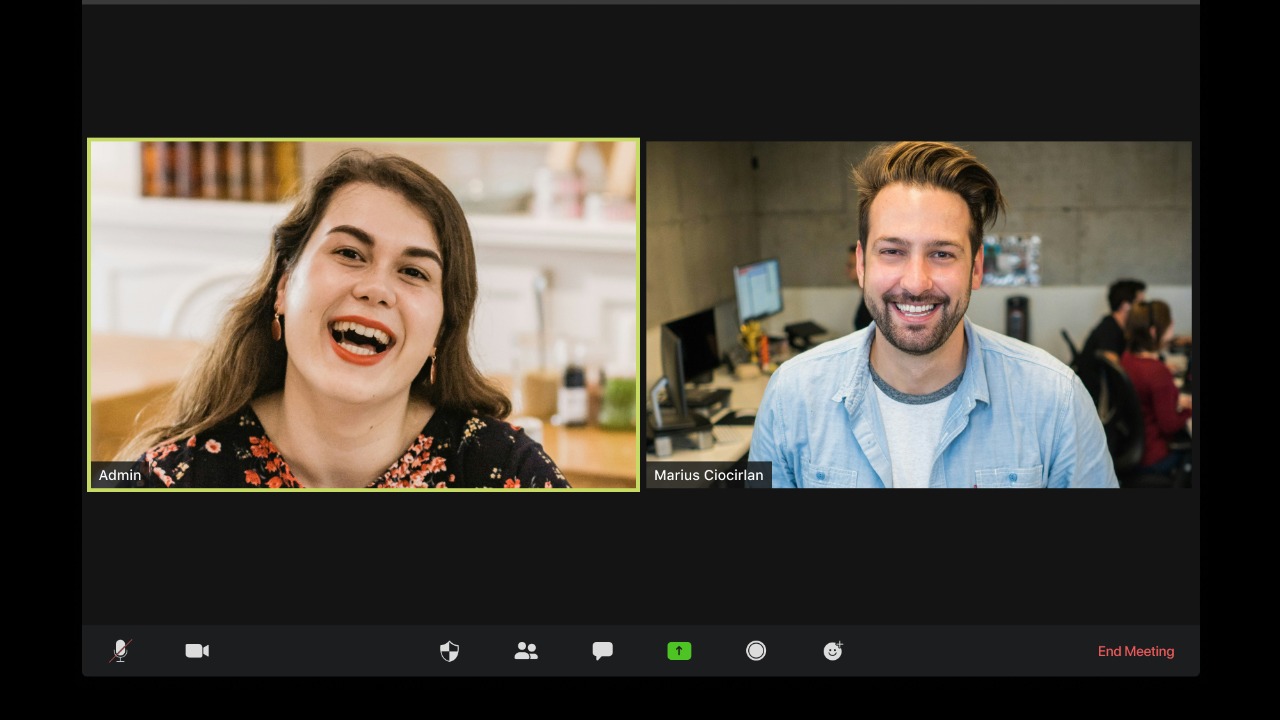
Imagine watching a live event unfold, and without any noticeable delay, the visuals you see are subtly changing, almost as if by magic. Welcome to the world of real-time video editing software—an innovative technology that can modify live video footage as it’s happening, leaving no trace of the alterations. This technology is revolutionizing the way we create and consume video content, with far-reaching implications for various industries.
Understanding Real-Time Video Editing Software

Real-time video editing software is an advanced technology that allows alterations to live video feeds as they happen, without leaving any trace of editing. This software is capable of adding, removing, or altering elements in the video, creating an entirely new experience for the viewer. It leverages machine learning and artificial intelligence to analyze the video feed, detect patterns, and make seamless edits.
Unlike traditional video editing that happens post-production, real-time video editing occurs during the live feed. Traditional video editing involves manually cutting, joining, and manipulating clips using software like Adobe Premiere or Final Cut Pro. However, real-time video editing software, such as Yuzzit’s live video editor or AlterCam, allows alterations to be made while the video is being broadcasted live, creating an entirely different viewer experience.
Top Software for Real-Time Video Editing

When it comes to real-time video editing software, Yuzzit’s live video editor is a game-changer. This software offers a plethora of features, including real-time cropping, adding overlays, and even inserting pre-recorded videos into the live stream. It’s designed for broadcasters, digital publishers, and content creators, making it easy to create engaging live videos with professional quality even if you don’t have an extensive technical background.
Another noteworthy contender in this space is AlterCam. This software allows you to add effects, overlays, and even virtual backgrounds to your live video feed. It also supports altering audio, which can be a big plus for creators looking to deliver a holistic viewing experience. When compared to other software, AlterCam stands out with its wide range of video and audio editing tools, making it a versatile choice for real-time video editing.
The Process of Real-Time Video Editing

The process of real-time video editing is complex and requires a combination of advanced technologies. It begins with a live video feed that is continuously analyzed by the software. Using machine learning algorithms and artificial intelligence, the software identifies patterns and segments in the video where edits can be made. These edits are then executed seamlessly, without disrupting the live feed or leaving any trace of manipulation.
Despite the advancements, real-time video editing does come with its set of challenges. One of the biggest hurdles is latency—the delay between the original video feed and the edited output. Maintaining high resolution while processing large volumes of data in real-time is another challenge. However, with the advent of AI models like DeCart, these issues are being addressed efficiently.
Applications of Real-Time Video Editing Software

Real-time video editing software has found applications in several sectors. In the broadcasting and streaming industry, it’s used to create engaging content for live shows, news, sports events, and more. For instance, a news reporter can add real-time graphics or statistics to the live feed, enhancing viewer comprehension.
Interestingly, this technology is also enhancing user experiences in dating apps. Real-time video editing can be used to add filters, stickers, or backgrounds during live video calls, making the interaction more fun and engaging. For instance, some of the top dating apps today are integrating real-time video editing features to improve user engagement.
Furthermore, the surveillance and security sector can also benefit from this technology. Real-time video editing can help in obscuring private information or sensitive areas in surveillance footage, protecting privacy while maintaining the effectiveness of surveillance.
Privacy and Ethical Concerns

While real-time video editing software presents exciting possibilities, it also raises significant privacy and ethical concerns. The potential misuse of this technology to manipulate live video feeds can lead to misinformation or privacy infringements. For instance, altering a person’s appearance or actions in a live video without their consent can have severe implications.
Moreover, untraceable edits can create an environment where truth becomes subjective, leading to ethical dilemmas. As a countermeasure, it’s essential to establish strict regulations and guidelines for the use of real-time video editing software. Privacy protection measures like encrypted communications and secure data storage should also be implemented to prevent misuse.
The Future of Real-Time Video Editing

Real-time video editing is a rapidly evolving field with immense potential. The current trends in this technology, such as the integration of AI and machine learning, are paving the way for more sophisticated and seamless real-time edits. Soon, we might see software that can perform complex edits like changing the environment or even the storyline of a live video.
The future of real-time video editing also lies in the development of AI models like DeCart, which can reduce latency and improve video resolution. As these technologies continue to advance, real-time video editing will undoubtedly become an integral part of video production and consumption, reshaping the way we experience live videos.